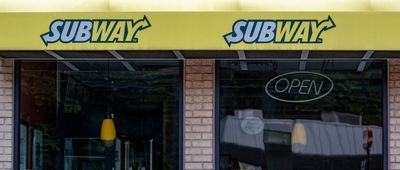Food Fraud
Ever wonder why some olive oil is so cheap? Curious about why certain brands of maple syrup are so much more expensive than others? Chances are high that you’re not getting what you think you’re paying for.
There are all kinds of “fake” foods out there in grocery stores today, and unless you know what to look for, you might fall for it. Here are 10 foods that might not be what they say they are, plus how to spot them.



















